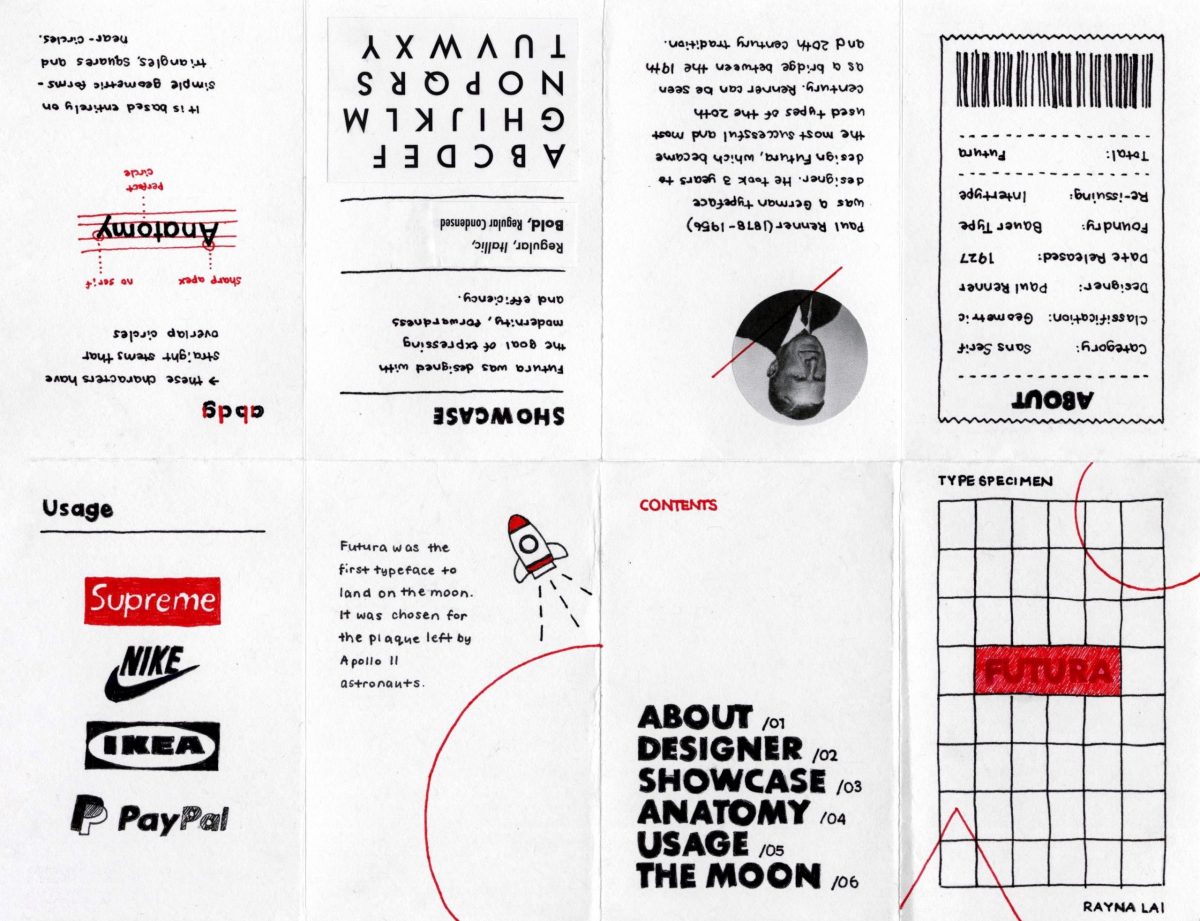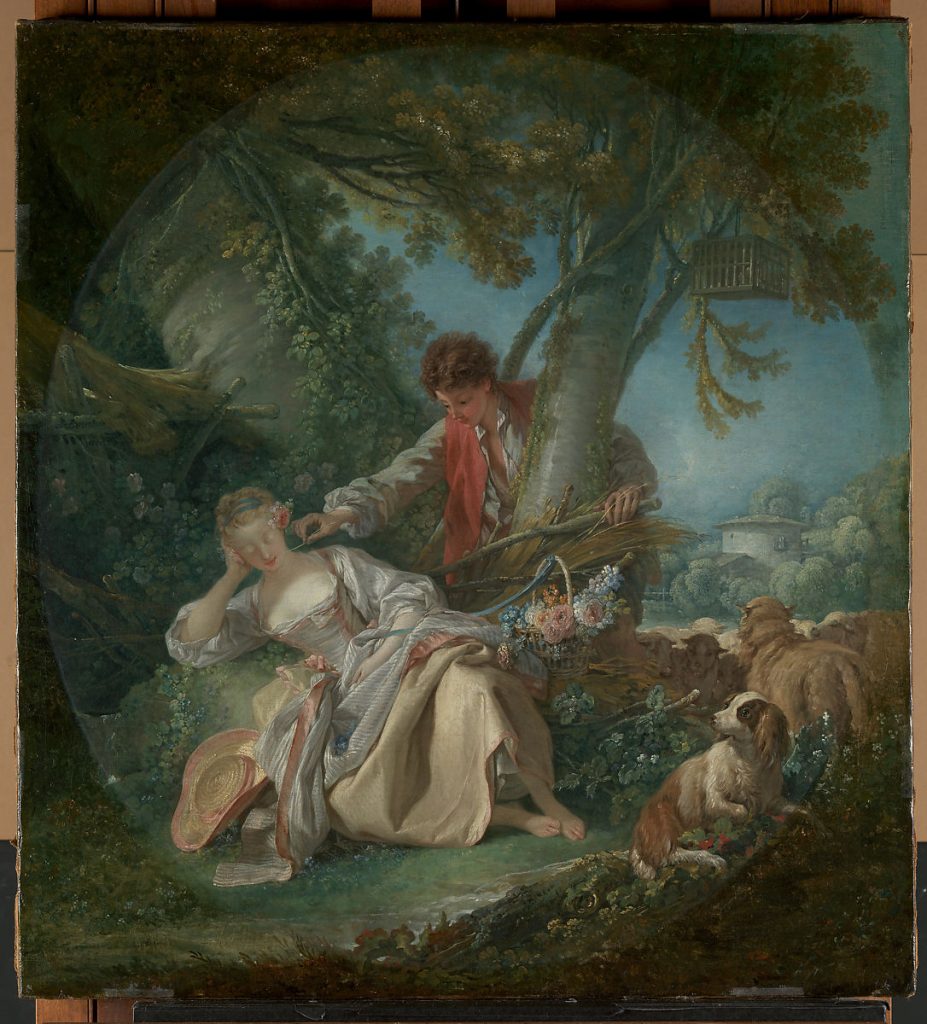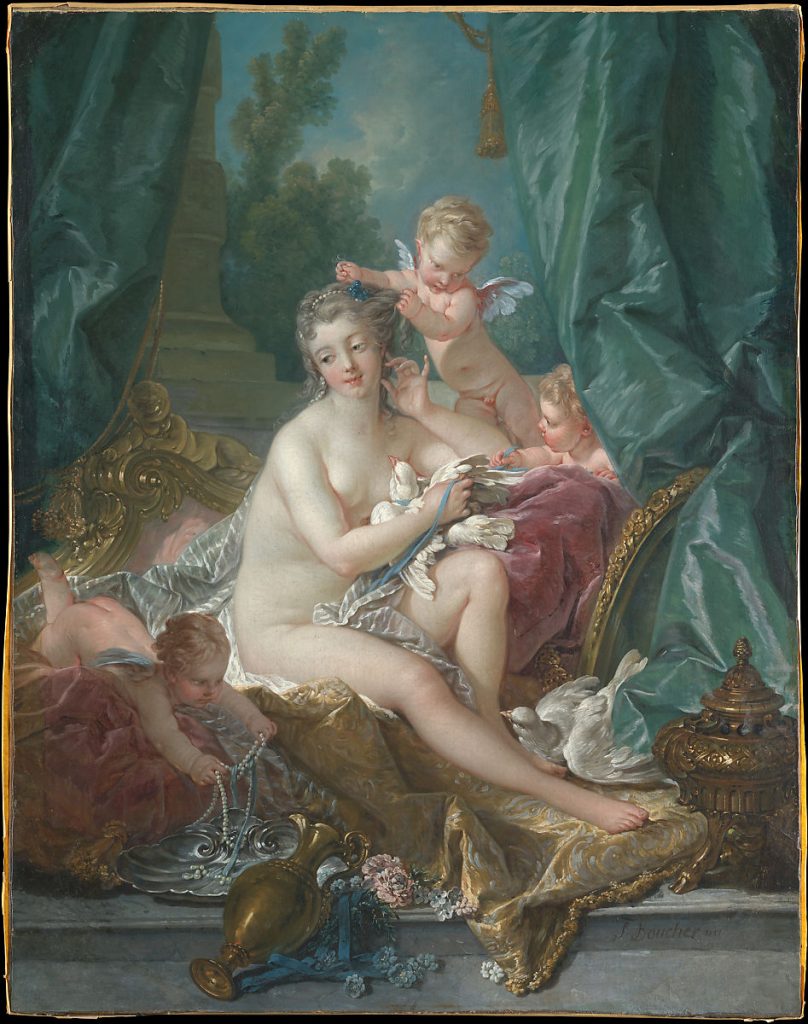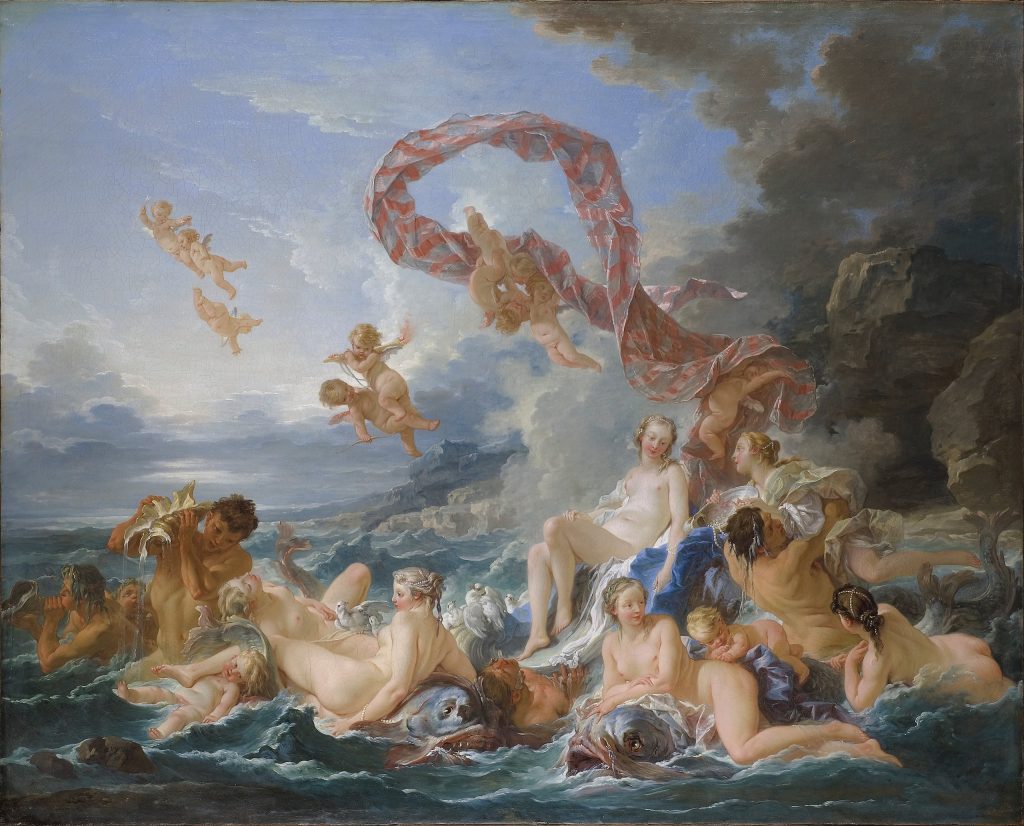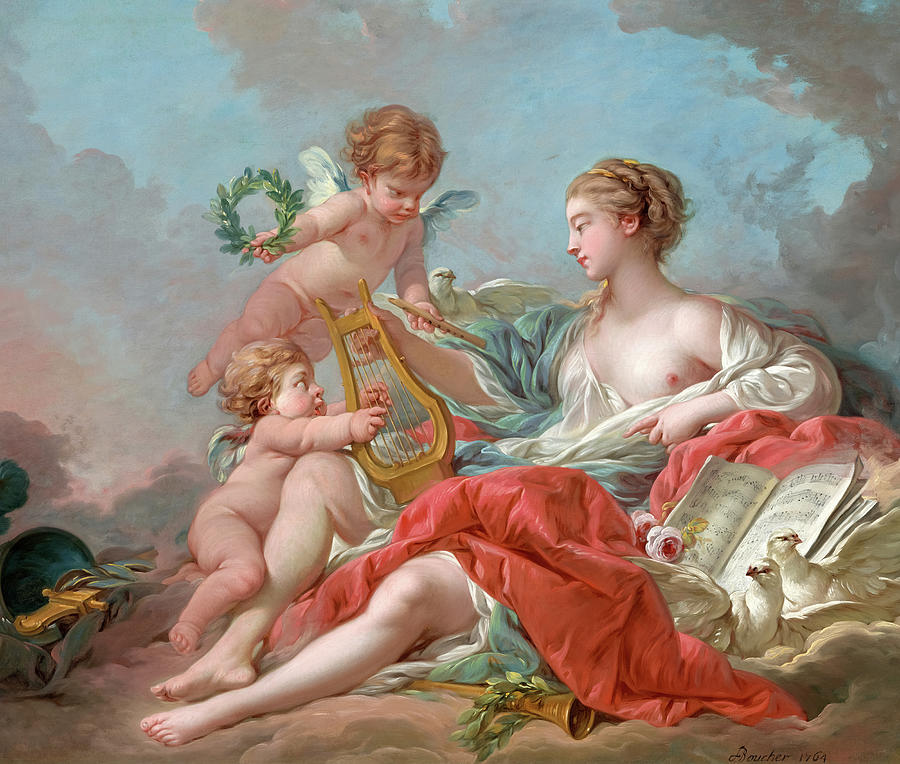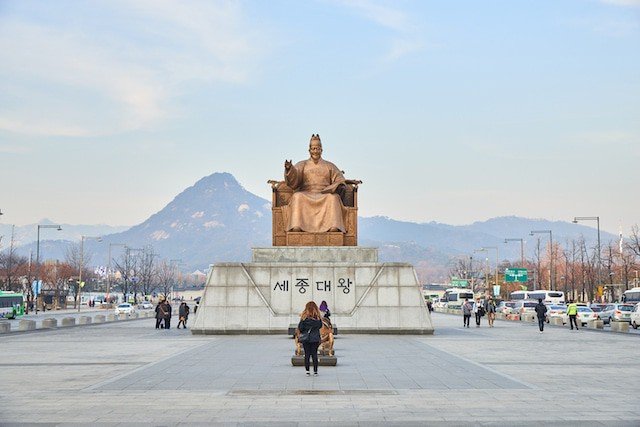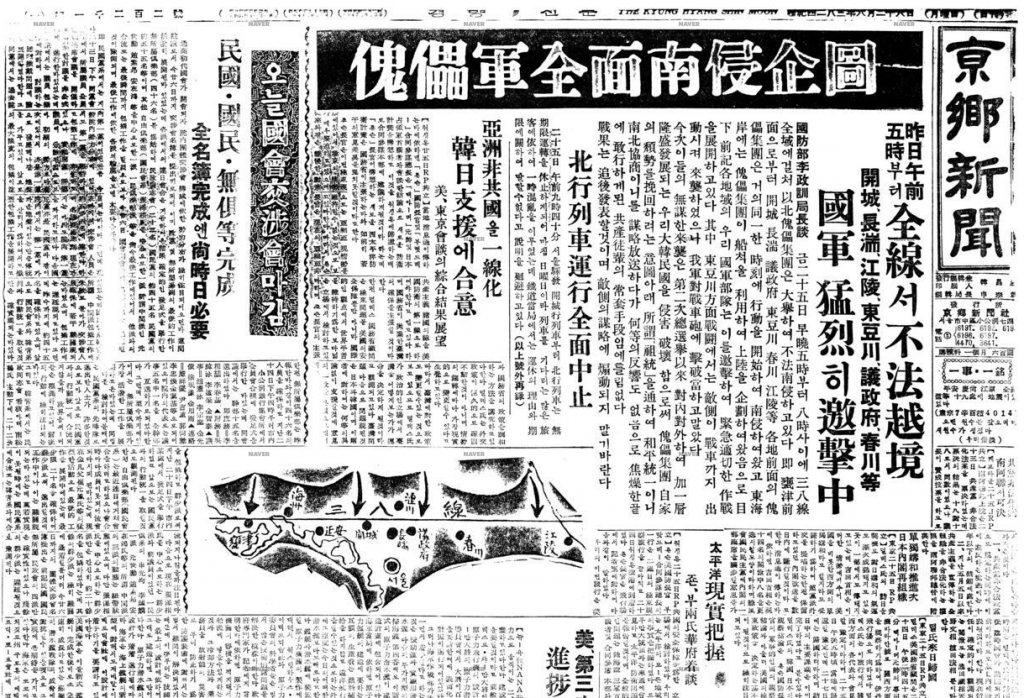Behind the Wave That Became an Overseas Sensation.
Even though you might not have heard the name Katsushika Hokusai, it’s almost guaranteed that you’ve seen his most famous work Under the Wave off Kanagawa, better known as The Great Wave. This renowned woodblock print is a part of a series of prints titled Thirty-six views of Mount Fuji, which was made between 1830-1833. Fuji appears in all of the images in the series, sometimes as the focal point and other times as background detail. One of the most striking aspects of The Great Wave is the use of Persian Blue, a recently invented pigment at the time that was imported to Japan. Visual play is also apparent in the piece as the mountain, reduced in size by perspective, looks to be moments away from being engulfed by a gigantic wave.

Born in 1760 in Edo (now Tokyo), Japan, Katsushika Hokusai’s name had become synonymous with ukiyo-e art. Most of the ukiyo-e prints back then depicted images of courtesans and actors but Hokusai decided to move away from the tradition to focus on landscapes and the everyday routines of Japanese individuals from various economic classes. This change of subject eventually led to the creation of Thity-Six Views of Mount Fuji, which marked the summit in the history of Japanese landscape print. The series, particularly The Great Wave and Fuji in Clear Weather, cemented Hokusai’s reputation both in Japan and overseas.
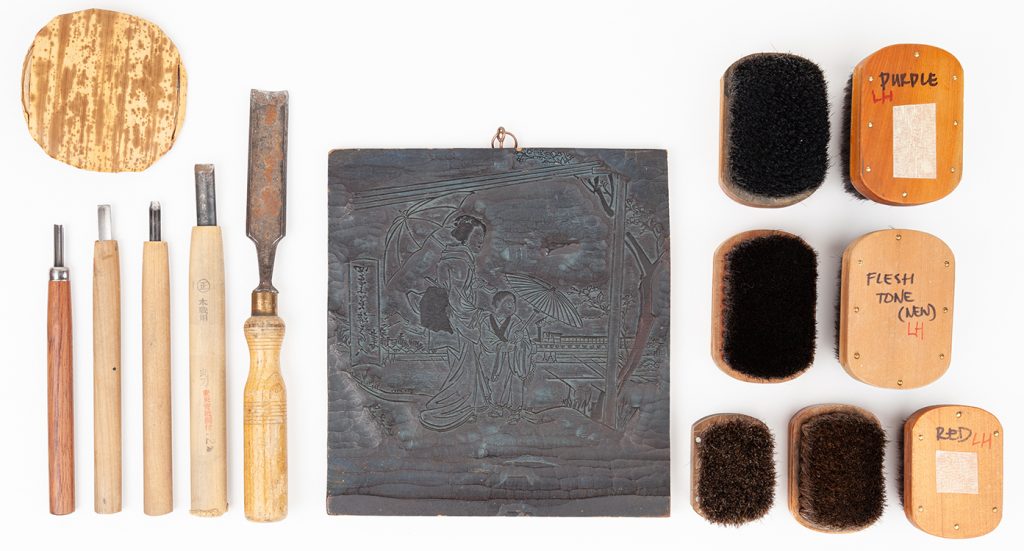
During the Edo period, ukiyo-e prints were inexpensive and thousand of copies of a print were produced until the carvings on the woodblocks became worn out. Initially, prints were monochromatic but new technology in 1765 enabled a wide spectrum of colours to be added. A separate block was used for each colour and the paper had to be sturdy enough to resist multiple rubbings on the various woodblocks.

Regardless of the fact that The Great Wave was created at a time when Japanese trade was heavily restricted, Hokusai’s print left a lasting impact on the art world and the formation of the West’s perception of Japanese art. From the 1870s onwards, Japonisme became a prominent trend and had a strong influence on artists such as Edgar Degas, Henri de Toulouse-Lautrec, Claude Monet, and Vincent van Gogh.
Sources
Research
https://www.metmuseum.org/toah/hd/ukiy/hd_ukiy.htm
https://www.britannica.com/biography/Hokusai
https://www.bbc.com/culture/article/20150409-the-wave-that-swept-the-world
Images
https://www.metmuseum.org/art/collection/search/45030
https://japanesegallery.com/references-ukiyo-e
https://en.wikipedia.org/wiki/Gustave_L%C3%A9onard_de_Jonghe

